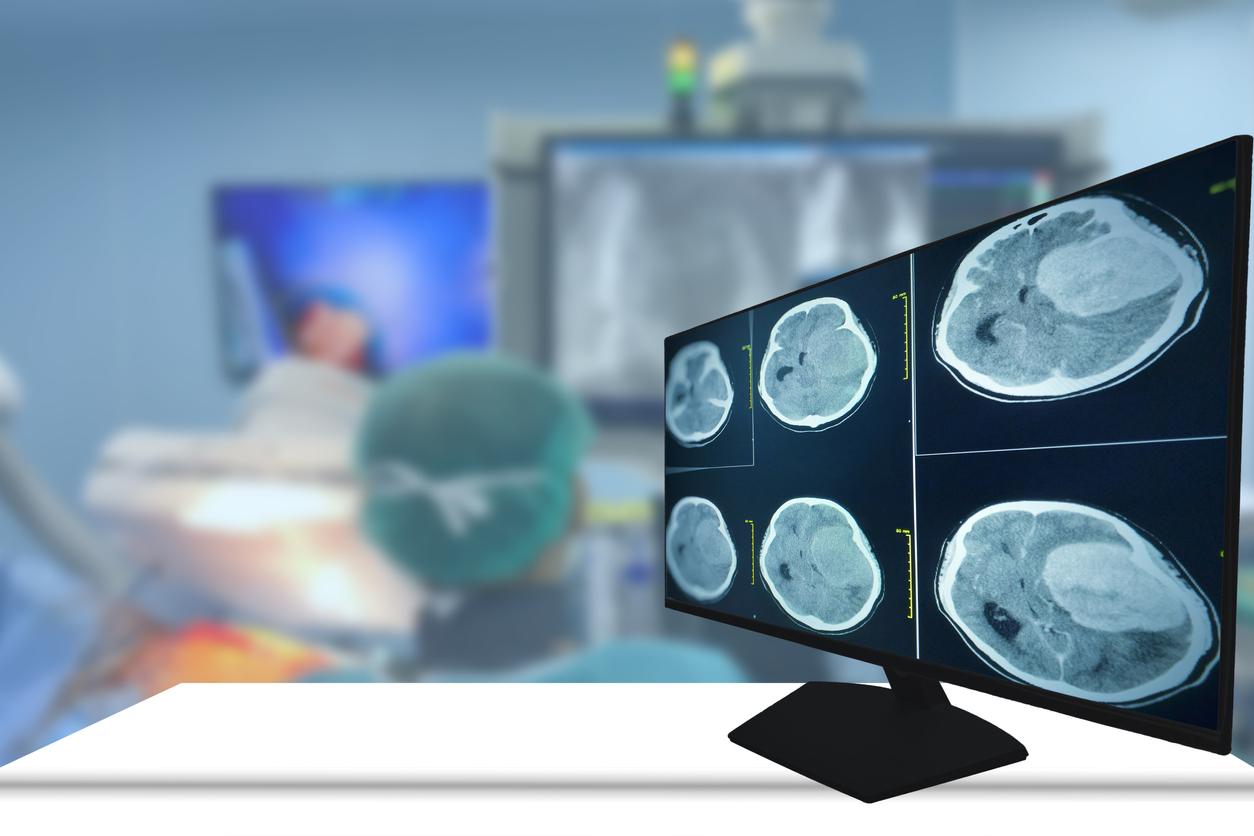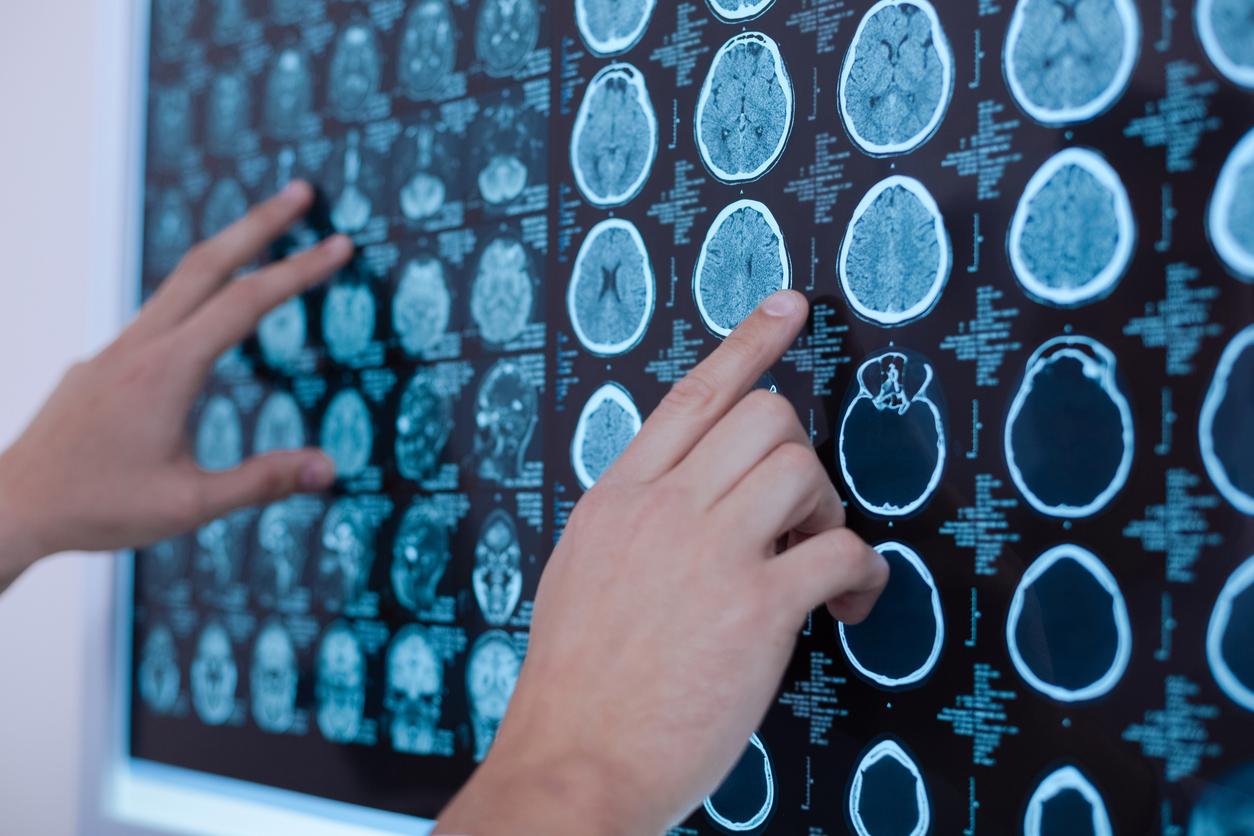A tested gel managed to cure 100% of brain tumors developed by mice, offering new hope to people suffering from glioblastoma.

- Researchers have developed a gel capable of killing brain tumors in mice.
- It contains an anticancer drug and an antibody called aCD47.
- Very effective when coupled with tumor removal, the gel will need further study before it becomes a possible treatment for people with glioblastoma.
Glioblastoma is a particularly aggressive brain cancer. It is caused by the abnormal proliferation of central nervous system cells called astrocytes. Various treatments, offered alone or in combination, are currently available: tumor removal, radiotherapy and chemotherapy. A new option could be added to this list. Researchers at Johns-Hopkins University have developed a gel that destroys malignant tumors in the brain.
Glioblastoma: a gel combining an anti-cancer drug and an antibody
“Despite recent advances in technology, there is an urgent need for new treatment strategies”explained Honggang Cui, a chemical and biomolecular engineer from Johns-Hopkins University who led the research. “We believe this hydrogel will be the future and will complement current treatments for brain cancer.”
His team combined an anti-cancer drug and an antibody called aCD47 in a gel-like solution. Tested on mice, the product seems to promote the triggering of an immune response. In addition, thanks to its consistency, the treatment fills the tiny furrows left after the surgical removal of a brain tumor and continues to act. “The gel can reach areas that surgery might miss and that current drugs struggle to reach to kill lingering cancer cells and suppress tumor growth”added the authors in a communicated.
Anti-brain tumor gel: a survival rate of 100%
The gel was tested on several groups of mice. Rodents in the control group had their brain tumor removed, but had no gel, died after five weeks. Applying the gel directly to the brain without surgical removal of the tumor resulted in a 50% survival rate. “Surgery probably relieves some of the pressure and gives the gel more time to activate the immune system to fight cancer cells”said Honggang Cui.
Even more impressive, all the animals that had benefited from the operation and from the gel containing the anti-cancer drug and the antibody, survived.
“We don’t typically see 100% survival in rodent models of this disease”said Pr Betty Tyler, co-author. “To think that this new combination of hydrogels has the potential to alter the survival curve of glioblastoma patients is very exciting.” She added “This hydrogel combines both chemotherapy and intracranial immunotherapy. The gel is implanted at the time of tumor resection, which makes it very effective.”
If the results published in the journal Proceedings of the National Academy of Sciences are very encouraging, the gel still needs to be tested in clinical trials before it can be offered as a treatment for patients with glioblastoma.

















